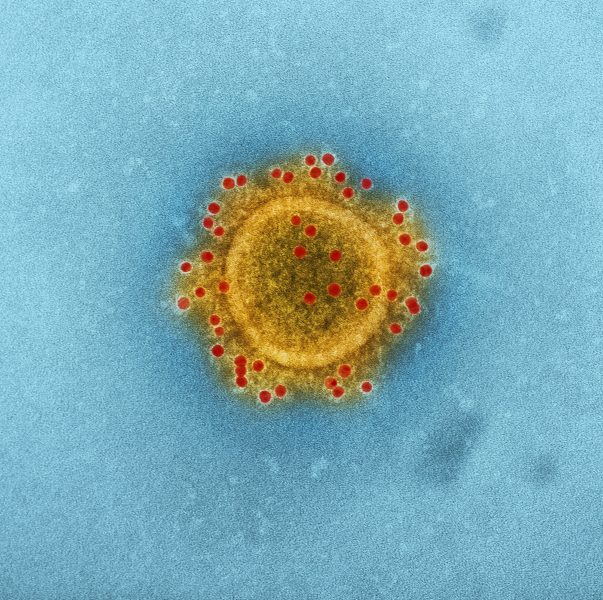
The Chandipura virus (CHPV), a rare but potentially deadly pathogen, is making headlines in Gujarat. Health officials are currently dealing with an outbreak that has resulted in one confirmed death and is suspected in at least 13 other fatalities in the state over the past two weeks.
Chandipura Virus Deaths in Gujarat
State Health Minister Rushikesh Patel confirmed the death of a child from Mota Kanthariya in Aravalli as the state’s first death due to the Chandipura virus. Reports from the National Institute of Virology (NIV), Pune, validated this, stating that the four-year-old succumbed to the virus at a government hospital in Sabarkantha. Additionally, two more deaths suspected to be caused by the virus were reported on the same day.
In Panchmahal district, a four-year-old girl from Bariya Faliyu in Godhra taluka died at SSG Hospital in Vadodara. She exhibited symptoms such as fever, vomiting, and convulsions, commonly associated with the Chandipura virus.
How Does the Chandipura Virus Spread?
The Chandipura virus is primarily transmitted through the bite of infected sandflies, particularly species of the genus Phlebotomus. These tiny, blood-sucking insects are prevalent in tropical and subtropical regions. Near the residence of the deceased girl in Panchmahal, officials found a significant presence of these sandflies, indicating a potential vector for CHPV transmission.

Symptoms of Chandipura Virus
Initial symptoms of Chandipura virus infection include the sudden onset of high fever, severe headache, and muscle pain. As the infection progresses, it can lead to altered consciousness, seizures, and in severe cases, coma and death. The virus’s ability to cause rapid neurological deterioration makes early detection and treatment crucial for patient survival. Diagnosis is challenging due to its similarity with other viral encephalitis cases.
History and Detection
First identified in 1965 in Chandipura, Maharashtra, the CHPV virus belongs to the Rhabdoviridae family and is closely related to the vesicular stomatitis virus. The virus has been sporadically reported in various parts of India, including Andhra Pradesh, Gujarat, and Maharashtra. It is primarily transmitted to humans through the bite of infected sandflies, though other insects may also play a role in its spread.
Laboratory confirmation of CHPV typically involves serological tests, virus isolation, or molecular techniques such as reverse transcription polymerase chain reaction (RT-PCR). The NIV in Pune plays a crucial role in confirming suspected cases, as evidenced by the recent Gujarat outbreak.

Recent Outbreak Details
Of the 12 earliest patients admitted to GMERS Himmatnagar Hospital, where the outbreak was identified, six died in early July. Notably, from the batch of the seven earliest patients, the hospital sent six samples, excluding the first patient, to the National Institute of Virology (NIV) in Pune. Of these samples, only one tested positive, while all others came back negative.
Treatment and Prevention
Treatment for Chandipura virus infection is primarily supportive, focusing on managing symptoms and complications. There is currently no specific antiviral therapy available, making prevention and early intervention essential. In severe cases, patients may require intensive care, including mechanical ventilation and management of cerebral edema.
“A challenging aspect of the Chandipura virus is its ability to persist in sandflies, allowing it to survive through the winter and re-emerge under favorable conditions,” said a health department official.
Prevention Strategies
Prevention strategies for the Chandipura virus focus on reducing exposure to sandflies and other potential vectors. These strategies include:
- Spraying insecticide
- Using insecticide-treated bed nets
- Applying insect repellents
- Wearing protective clothing
- Improving sanitation to reduce breeding sites for vectors
Health officials emphasize the importance of these measures to prevent the spread of the virus and protect public health.



